Breath
Breath is the living language of our body, a constant dialogue between our internal systems and the external world. It's not a monologue, but a rich conversation filled with nuance and meaning. Each inhalation is a question posed to our environment, each exhalation an answer from our deepest selves. This ongoing discourse carries messages about our physical health, emotional state, and level of consciousness.
We're often poor listeners to this bodily language, missing the subtle inflections and tones of our breath. Yet, when we tune in, we discover a wealth of information. A sigh might speak of release or resignation, a gasp of surprise or fear. By learning to interpret and influence this language, we gain access to a powerful form of self-communication. We can use the breath to send messages of calm to an anxious mind or signals of alertness to a tired body.
The potential applications of this breath-language are vast. In mindfulness practices, attentive breathing becomes a form of meditation, allowing us to observe our thoughts and emotions without attachment. In physical therapy, specific breathing patterns can aid in pain management and recovery. As we become more fluent in this bodily language, we may find ourselves with enhanced emotional intelligence and greater mind-body integration. This deeper understanding of our internal dialogue offers a path to more authentic self-expression and a more harmonious relationship with our physical selves.
